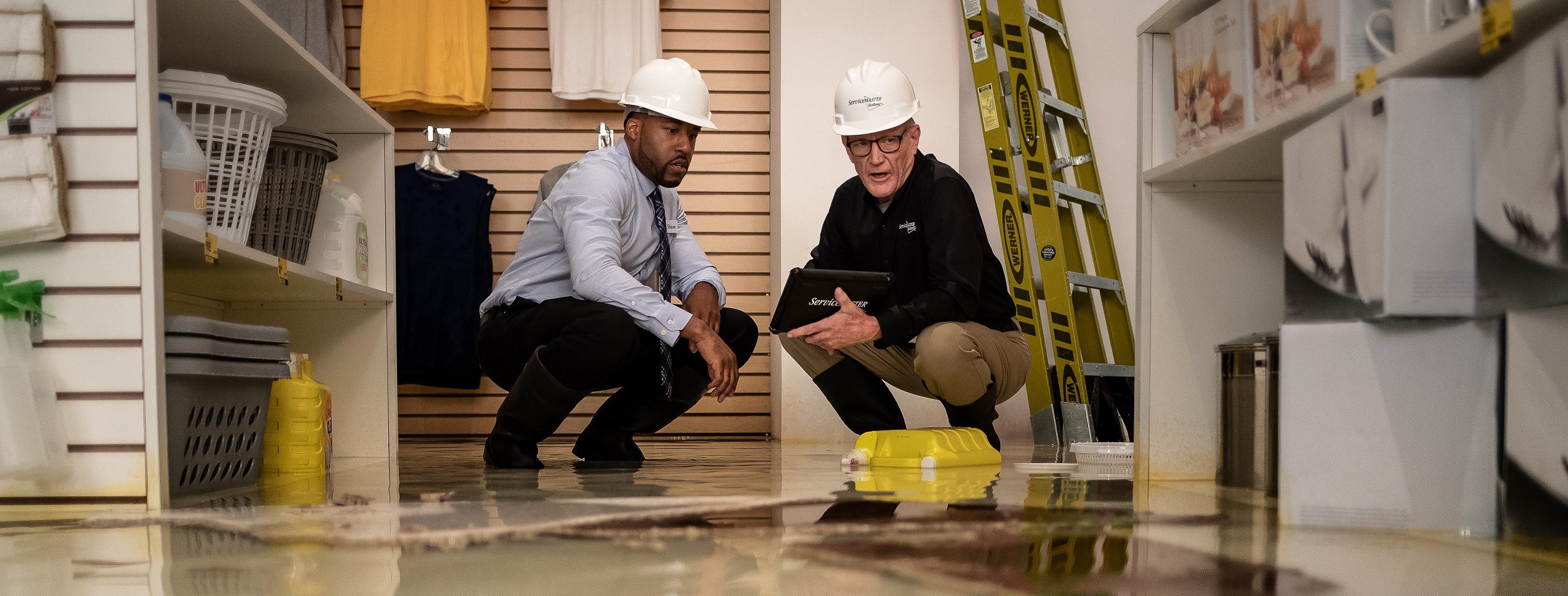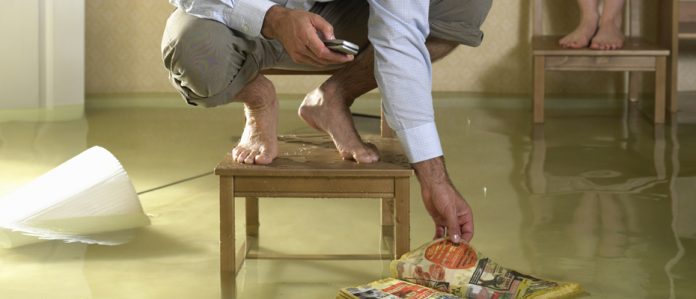Water damage can be devastating to any business, home or property. While it is important to take steps to prevent water damage in the first place, it is also important to be prepared in the event that water damage does occur. Being prepared can help to minimize the damage, reduce the amount of time it takes to restore the property to its pre-damage condition, and help ensure that it is restored correctly. Preparation is a crucial part of maximizing the effectiveness of water damage restoration. In this blog post, we will discuss some tips to help you properly prepare for water damage restoration. We will cover topics such as understanding the insurance process and the importance of documenting the damage, as well as securing the premises to help protect your property from further damage. Check out, Water Damage Restoration: Prep And After-Service Tips For Homeowners. By being prepared, you can have peace of mind that you have taken all the necessary steps to restore your property to its pre-damage condition.

1. Locate the source of the water damage
Before beginning the water damage restoration process, it is essential to accurately locate the source of the damage. This involves assessing the integrity of the building’s drainage systems and looking for any signs of water or moisture in the property. After finding the source of the damage, it is important to inspect the surrounding areas to ensure that the damage has not spread further. To ensure the most comprehensive assessment and restoration, a professional should be consulted.
2. Identify and protect vulnerable items
Before any restoration work begins, you need to identify and protect vulnerable items. This means you should identify any furniture, electronics, or other items that are most susceptible to water damage and take steps to protect them. If possible, try to move these items to a dry, safe area. If not, cover them with plastic sheeting to prevent further damage. You should also take photos of all items prior to the restoration process to provide evidence of the condition they were in before any repairs. Doing this can help you get the most out of your insurance claim.
3. Remove water and moisture
After assessing and mitigating the water damage, the next step is to remove the water and moisture. This can be done with a variety of methods, depending on the severity and location of the water damage. The most common way to remove water and moisture is to use a wet-dry vacuum to suck up the water. You can also use a dehumidifier to draw the moisture out of the air. If the water is stagnant, you can use a mop and bucket to physically remove the water. In some cases, a water extraction machine may be necessary to remove large quantities of water. All of these methods should be used in conjunction with fans to help dry the affected area.
4. Dry furniture, carpets and other surfaces
The fourth step in the water damage restoration process is to dry furniture, carpets, and other surfaces. This should be done as soon as possible to prevent further water damage, mold growth, and other issues. Start by vacuuming and wiping down all wet surfaces as much as possible. Then, use a combination of fans, dehumidifiers, and air conditioners to ensure that everything is completely dry. You may need to move furniture and other items to ensure that all areas affected by the water damage are adequately dried. Additionally, you will likely need to replace any damaged fabric, carpeting, and other materials.
5. Repair any structural damage that has occurred
The fifth step in maximizing the effectiveness of water damage restoration is to repair any structural damage that has occurred. This could range from minor damage to major damage, such as buckling of walls or ceilings, or even the displacement of floorboards and other supporting structures. If this has occurred, it is important to have a professional come to your property and assess the damage and recommend the best course of action. Depending on the extent of damage, this could involve structural reinforcements, replacement of drywall, or other structural repairs. Repairing any structural damage that has occurred is essential in order to ensure the effectiveness of the water damage restoration process.
In conclusion, proper preparation is essential for any water damage restoration project. By taking the time to assess the damage, remove belongings, and treat the affected area, you can ensure that the restoration process is as smooth and effective as possible. It’s also important to enlist the services of a professional water damage restoration specialist to ensure that the job is done properly. By following the steps outlined here, you can maximize the effectiveness of your water damage restoration project and get your home back to its pre-flood condition.




[…] damage restoration is a vital process that should not be overlooked when dealing with any type of water damage situation. Prompt action and professional assistance are essential to minimize further damage, […]
[…] the face of water damage, it is crucial to seek out professional water damage restoration services to ensure a comprehensive and effective restoration process. These experts possess the […]
[…] in the water damage restoration industry rely on these tools and equipment to effectively assess, mitigate, and restore properties […]
[…] are some companies that specialize in providing water damage service. You should make sure that the one you are going to hire is licensed and is well known for its […]